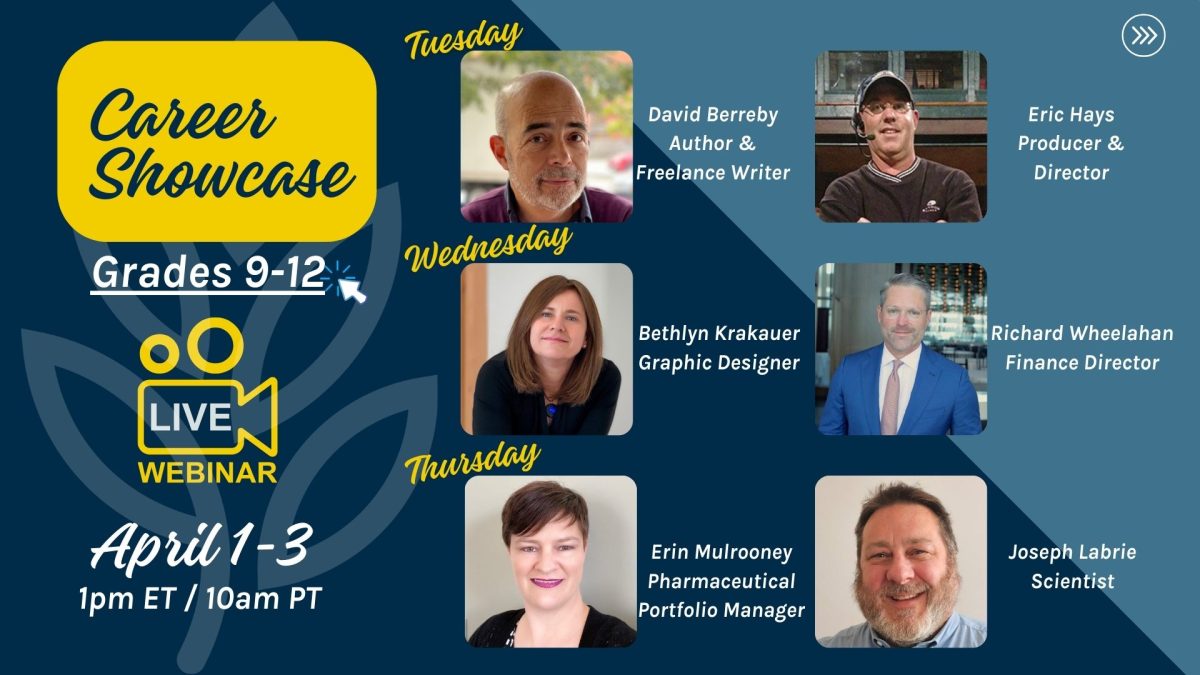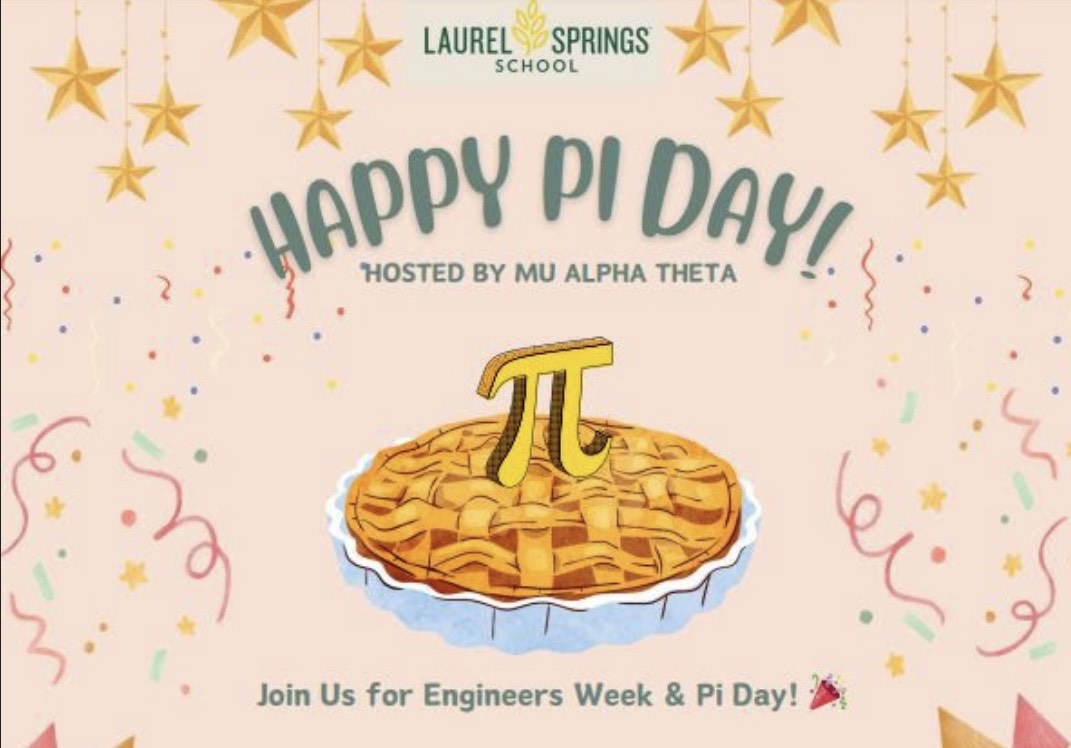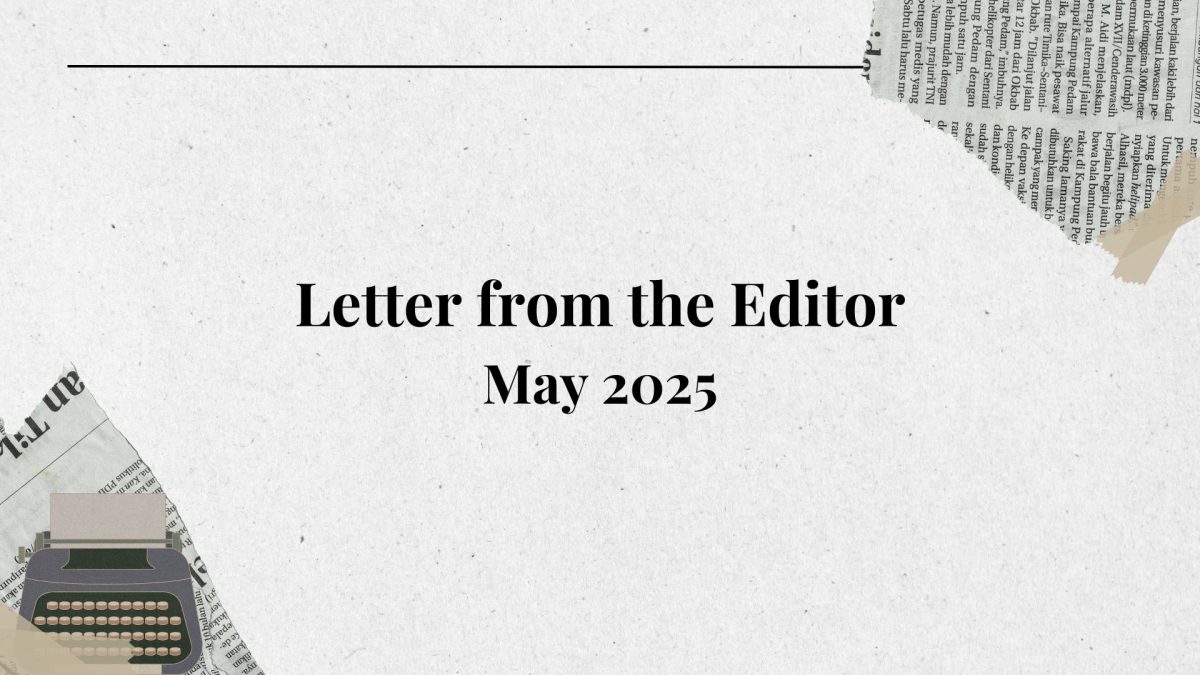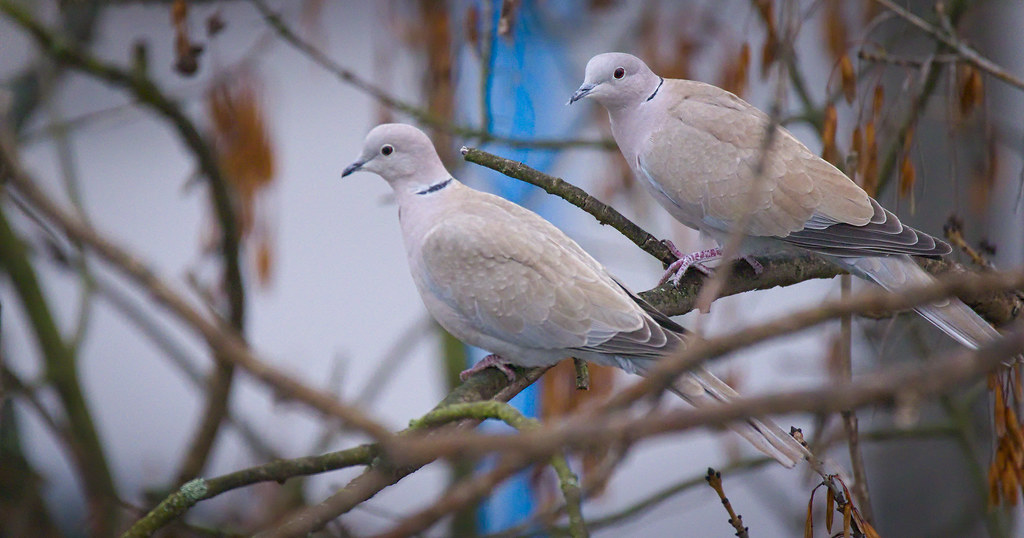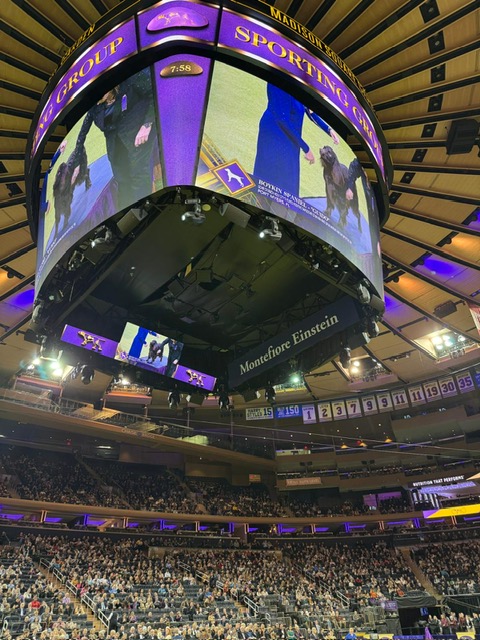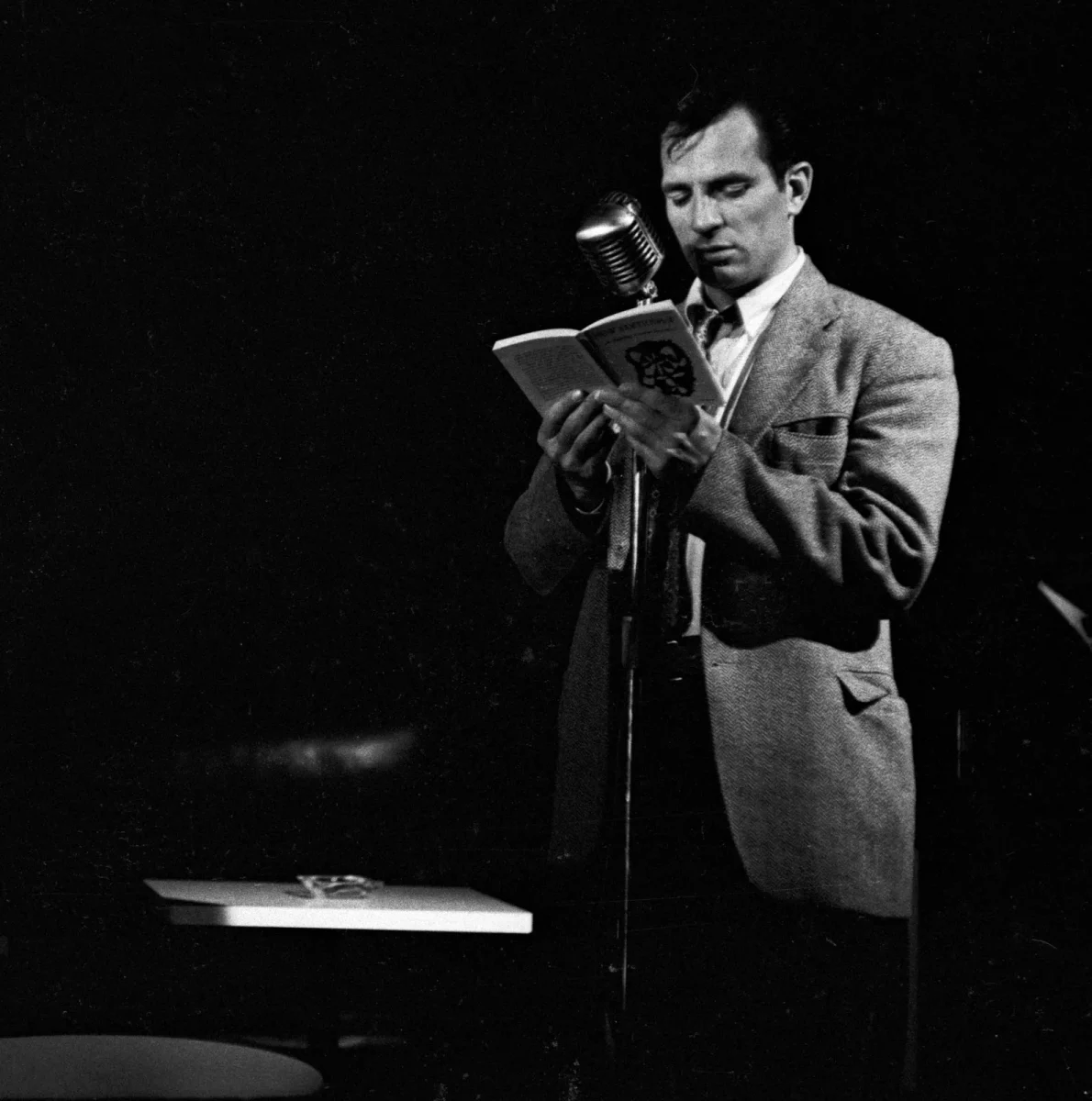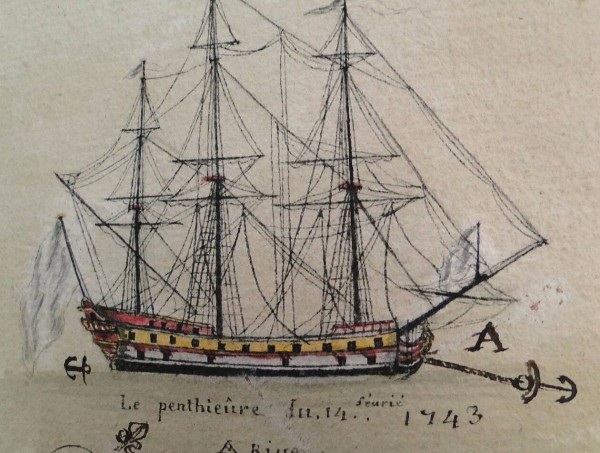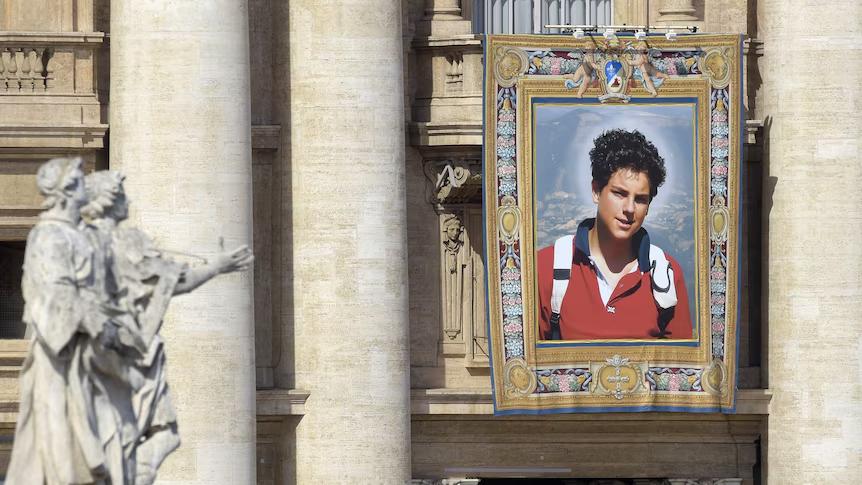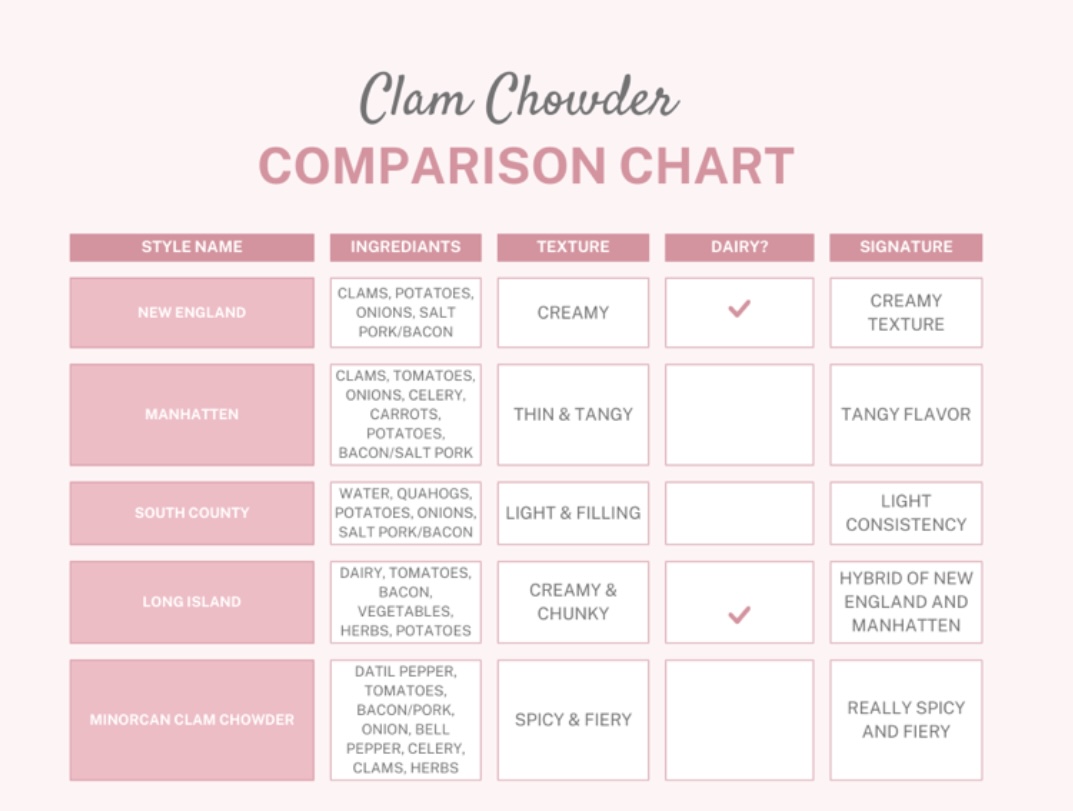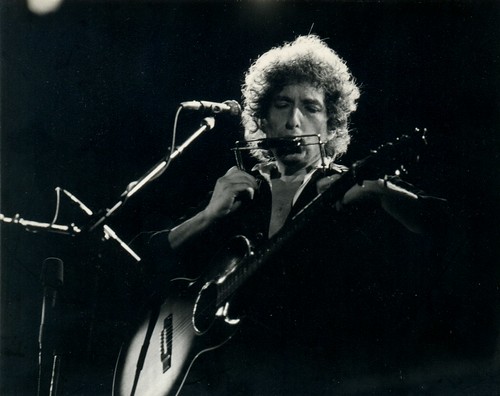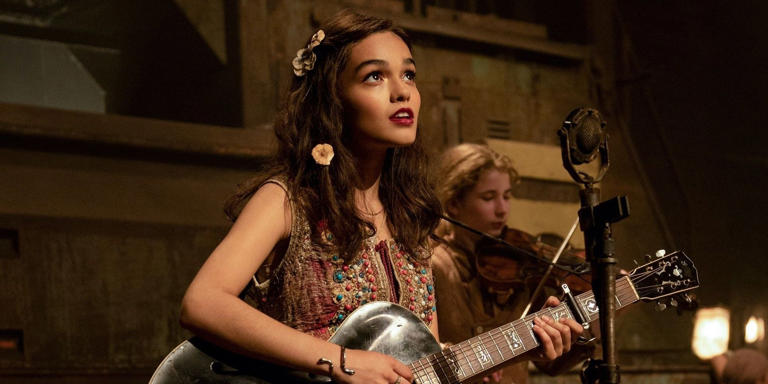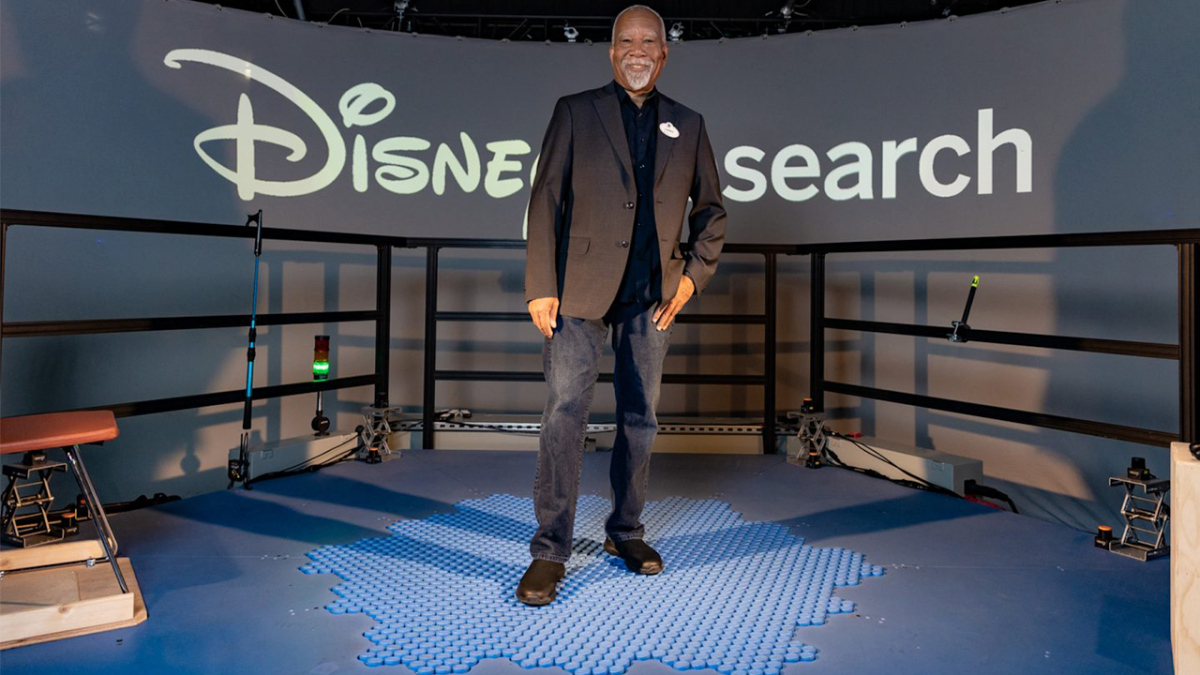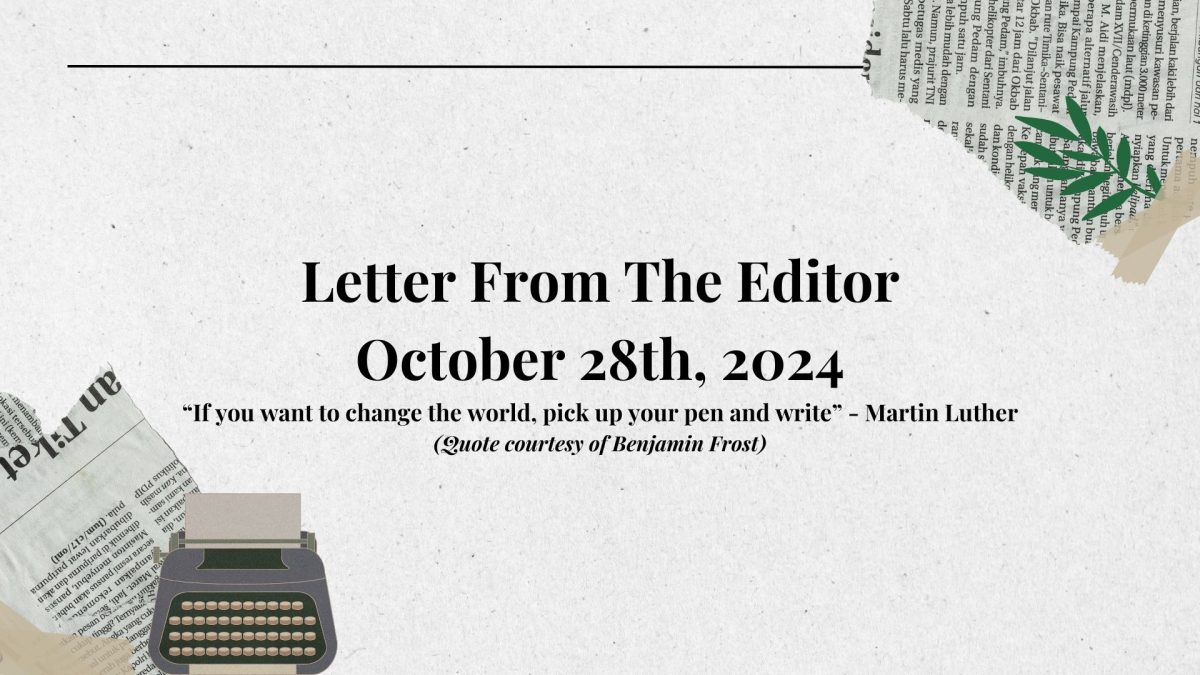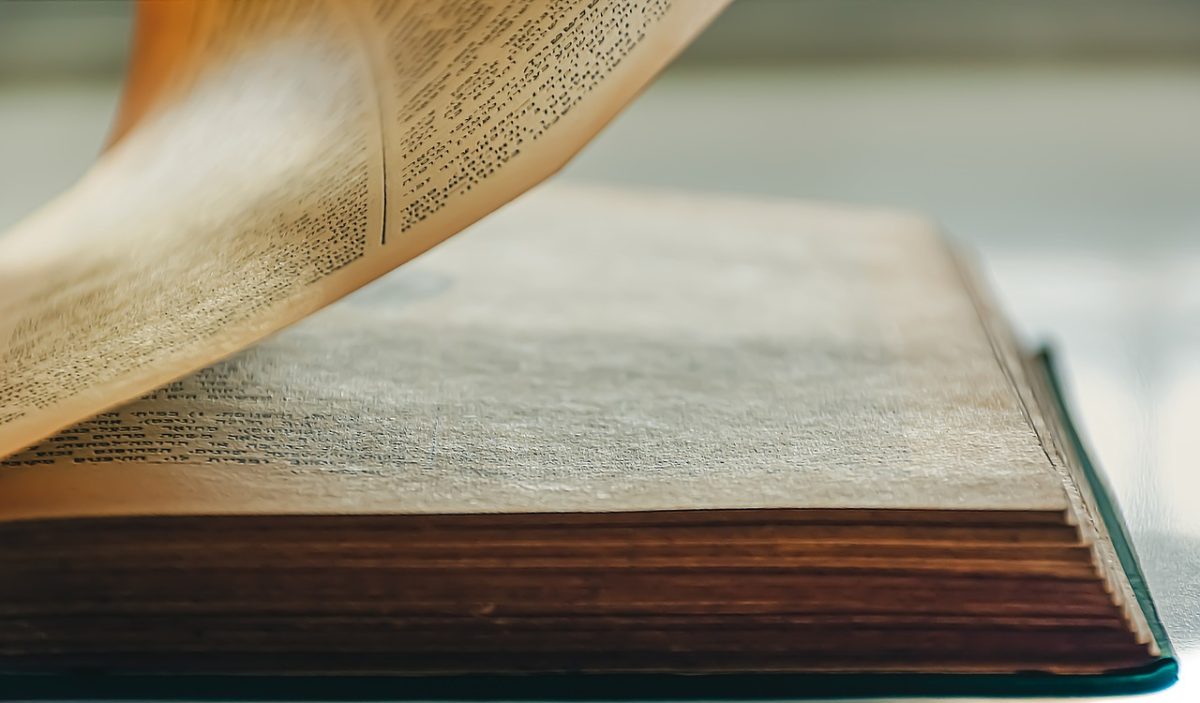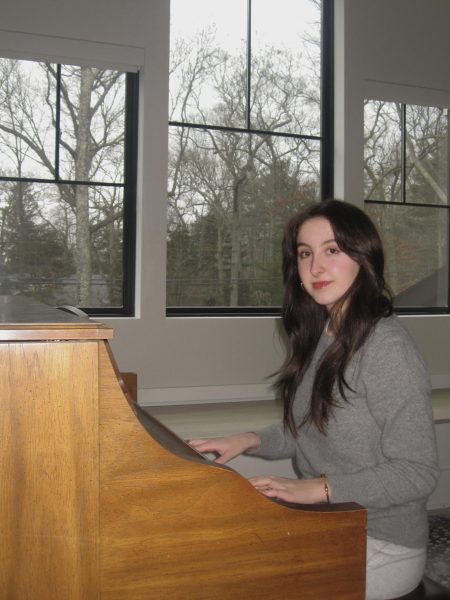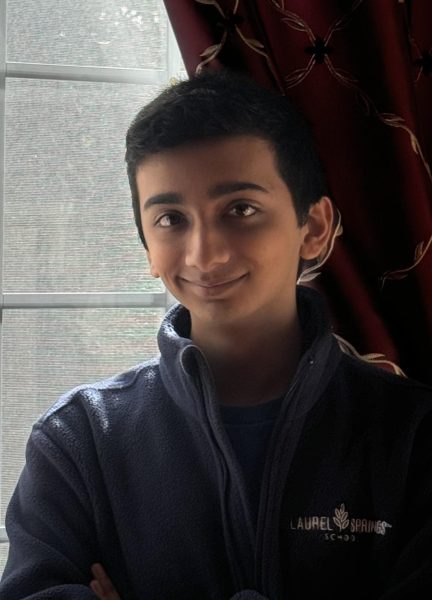Wednesday, March 12th – Rohan Tamhankar
Today’s Engineer Week was dedicated to testing, improving, and redesigning. The 9-12 room was led by Isabella Balat. We reviewed the awards for the egg drop project: high flyer (highest drop with the most ambitious protection), eco-engineer (uses the most eco-friendly and recycled materials), iteration innovator (made the most improvements through multiple iterations), and adaptation ace (designed best adaptation to twists throughout the week). Then, we turned to testing our projects and taking note of possible improvements for our designs. Finally, we discussed tomorrow, when the students will share their designs.
The speaker was William Freidank, a mechanical engineer and LSS alumnus. He broke the engineering design process into four steps: understanding the problem, designing and iterating, stress testing, and communicating.
Thursday, March 13th – Emma Clare Barrasso
Thursday, March 13th, Engineers Week welcomed guest speaker Patrick O’Brien to their activities leading up to the Pi Day Celebration. O’Brien, a professional engineer, shared his knowledge of wastewater treatment cycles with both Upper School and Lower School Laurel Springs students and facilitated thoughtful discussions on the engineering behind the process.
He began with the K-5 students, teaching them about everything from coagulation to flocculation. O’Brien led an engaging symposium by asking questions and providing references to easily recognizable concepts for his youth audience to comprehend and apply to the topics. For example, in discussing concentration, he mentioned the making of orange juice. O’Brien enlightened his audience on activated carbon and aeration by utilizing everyday processes and objects like Brita filters and fish tanks.
He adapted his teaching methods to a more advanced audience once it was time for the Upper School students to join him. O’Brien asked thought-provoking queries and was immensely supportive of everyone’s thoughts and answers, creating a welcoming environment.
In other Zoom rooms, students worked on their designs for the egg drop. Participants of all ages were instructed to build a device that prevented an egg from breaking when dropped from a height, testing their skills in engineering and creative thinking.
The event was run flawlessly by the members of Mu Alpha Theta, Laurel Springs’ honor society for mathematics. Student leaders managed an organized meeting and operated Zoom functions, creating a smooth experience for participants.
Friday, March 14th – Sophia Elina McIntsoh
On Friday, March 14th (or 3-14), the Pi Day celebrations commenced! With fun activities centering around celebrating Edward the Eagle’s birthday, students ate pie and participated in a variety of Pi-related breakout room activities. Dr. Alicia O’Brien, the mathematics department chair for Laurel Springs, started by thanking all of the wonderful teachers and staff who have supported and sponsored Engineering Week and all the Mu Alpha Theta volunteers who have worked hard to plan and lead the meetings.
Student leaders asked the meeting participants to come on mic or share in the chat where they were calling from and the flavor of pie they brought to celebrate Pi Day. Students from across the country brought pies ranging from apple, blueberry, banana cream, and key lime. Pi, a mathematical constant, describes the ratio between a circle’s circumference and diameter. Student leaders shared insights on its origins and real-world applications in engineering, physics, and computer science. Sources were provided so that students could engage in further research about Pi.
In the K-5 breakout room, students made colorful Pi paper chains for Edward the Eagle’s birthday party. At the end of the meeting, they held up their creations for the meeting participants to see. The breakout room options for students in grades 6-12 ranged from combining art with math to working together to solve math puzzles.
In the Pi Day bracelets room, students assigned each number a bead color and arranged the beads in coordination with the digits of Pi. Others created Pi poetry, connecting the never-ending number to mathematicians of times past while exploring its intriguing concept. Some students also collaborated to create digital Pi art. They drew or found clipart of numbers, writing out the first 100 digits of Pi on a shared slideshow. The Bake and Take Pi(e) Investigation breakout room drew pies and investigated the properties of circles.
The Great Pi(e) Escape Room saw students solving three tricky Pi puzzles to unlock the oven-baked pies for Edward the Eagle’s birthday. The first puzzle was a word search with hidden geometric terms. The student leader opened a digital whiteboard through Zoom, allowing students to collaborate on mic and in the chat to find and circle words such as circumference, diameter, and radius. Next was an algebraic cipher, with the answers to the five math problems spelling out a word needed to finish the escape room. The last puzzle had students working together to solve an algebraic equation. The group finished just in time, saving Edward’s pie while having lots of fun learning about Pi.
As the Pi Day celebration neared its conclusion, students excitedly voted for which teacher should be pied in the face. The results were close, and Mrs. Tinney led the poll by just four votes. She was also last year’s winner, though this year she used a pie topped with whipped cream to be pied.

